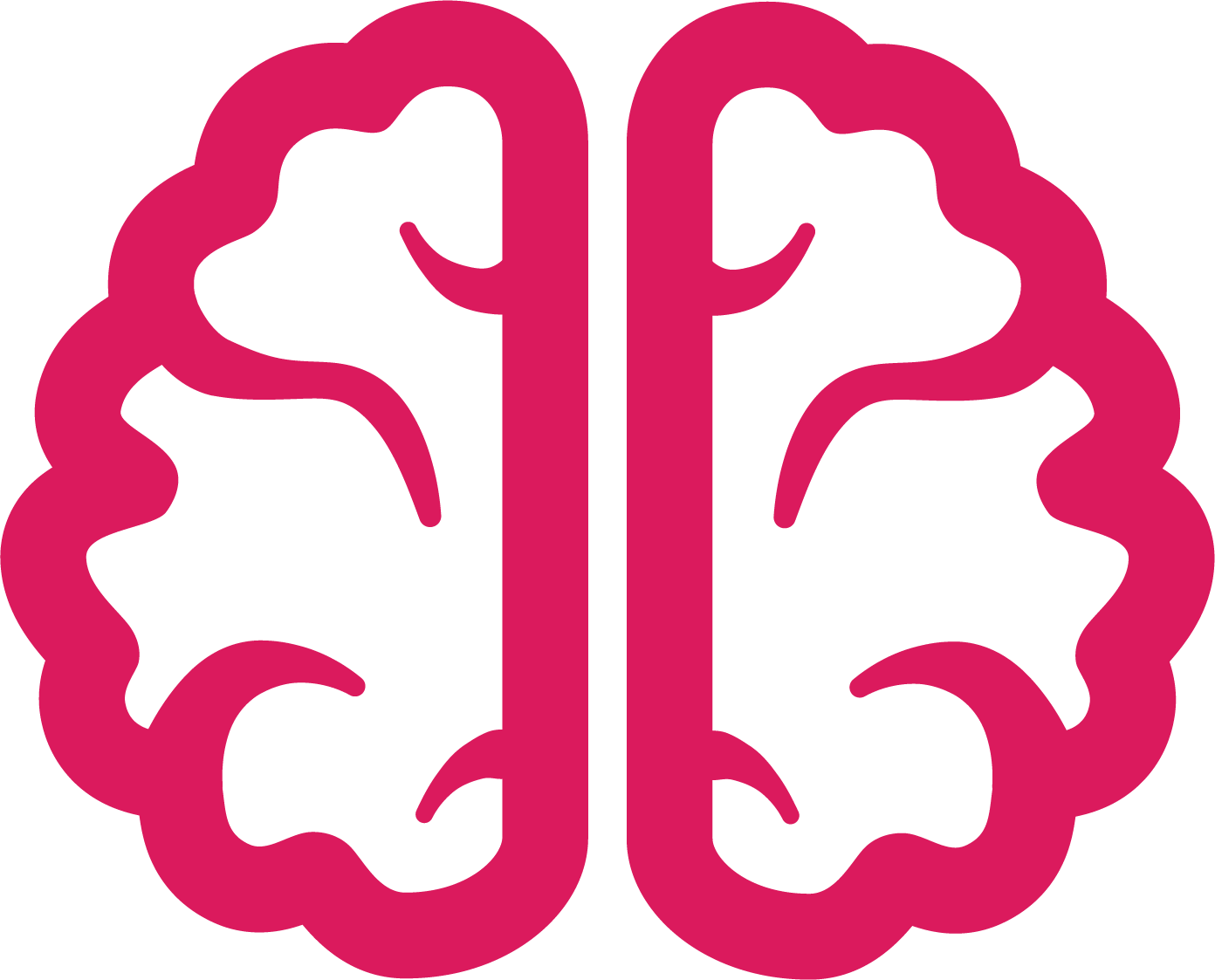I helped write a paper describing how parents and teachers can help bilingual children develop most effectively! Below is a visual summary. Read the full paper here: The Developing Bilingual Brain: What Parents and Teachers Should Know and Do
How to be a better learner
I created this infographic as part of my team's submission to a contest to redesign high school: http://xqsuperschool.org/challenge
One of the goals of our project is to create students who are passionate about learning and can do so independently. So these techniques can be used by anyone to take control of their own learning.
References
1. Blakemore, S., & Choudhury, S. (2006). Development of the adolescent brain: Implications for executive function and social cognition. Journal of Child Psychology and Psychiatry, 47(3-4), 296-312.
2. Paunesku, D., Walton, G. M., Romero, C., Smith, E. N., Yeager, D. S., & Dweck, C. S. (2015). Mind-Set Interventions Are a Scalable Treatment for Academic Underachievement. Psychological Science, 26(6), 784-793.
3. Ramsden, S., Richardson, F. M., Josse, G., Thomas, M. S., Ellis, C., Shakeshaft, C., Seghier, M. L., Price, C. J. (2011). Verbal and non-verbal intelligence changes in the teenage brain. Nature, 479(7371), 113-116.
4. Firestein, S. (2013, February). The pursuit of ignorance. https://www.ted.com/talks/stuart_firestein_the_pursuit_of_ignorance?language=en.
5. D’Mello, S., Lehman, B., Pekrun, R., & Graesser, A. (2014). Confusion can be beneficial for learning. Learning and Instruction, 29, 153-170.
6. Briceño, E. (2015, November 23). Why Understanding These Four Types of Mistakes Can Help Us Learn.http://ww2.kqed.org/mindshift/2015/11/23/why-understanding-these-four-types-of-mistakes-can-help-us-learn/.
7. Carskadon, M. A. (2011). Sleep’s effects on cognition and learning in adolescence. Progress in Brain Research: Human Sleep and Cognition Part II - Clinical and Applied Research, 190, 137-143.
8. Owens, J. (2014). Insufficient Sleep in Adolescents and Young Adults: An Update on Causes and Consequences. Pediatrics, 134(3).
9. Gomez-Pinilla, F., & Tyagi, E. (2013). Diet and cognition. Current Opinion in Clinical Nutrition and Metabolic Care, 16(6), 726-733.
10. Gómez-Pinilla, F. (2008). Brain foods: The effects of nutrients on brain function. Nature Reviews Neuroscience, 9(7), 568-578.
11. Gomez-Pinilla, F., & Hillman, C. (2013). The Influence of Exercise on Cognitive Abilities. Comprehensive Physiology.
12. Voss, M. W., Carr, L. J., Clark, R., & Weng, T. (2014). Revenge of the “sit” II: Does lifestyle impact neuronal and cognitive health through distinct mechanisms associated with sedentary behavior and physical activity? Mental Health and Physical Activity, 7(1), 9-24.
13. Dalton, M. (2008, October/November). Beyond the chair: It's time to rethink ergonomics. Portland Spaces, 103-108.
14. Scherf, K. S., Smyth, J. M., & Delgado, M. R. (2013). The amygdala: An agent of change in adolescent neural networks. Hormones and Behavior, 64(2), 298-313.
15. Mcewen, B. S., Bowles, N. P., Gray, J. D., Hill, M. N., Hunter, R. G., Karatsoreos, I. N., & Nasca, C. (2015). Mechanisms of stress in the brain. Nature Neuroscience, 18(10), 1353-1363.
16. Kraag, G., Zeegers, M. P., Kok, G., Hosman, C., & Abu-Saad, H. H. (2006). School programs targeting stress management in children and adolescents: A meta-analysis. Journal of School Psychology, 44(6), 449-472.
17. Core, L. (2015). Dutch teen's ocean-cleaning invention to launch next year. http://grist.org/business-technology/dutch-teens-ocean-cleaning-invention-to-launch-next-year.
18. Gambino, M. (2014). Google Thinks These 18 Teenagers Will Change the World. http://www.smithsonianmag.com/science-nature/google-thinks-these-18-teenagers-will-change-the-world.



